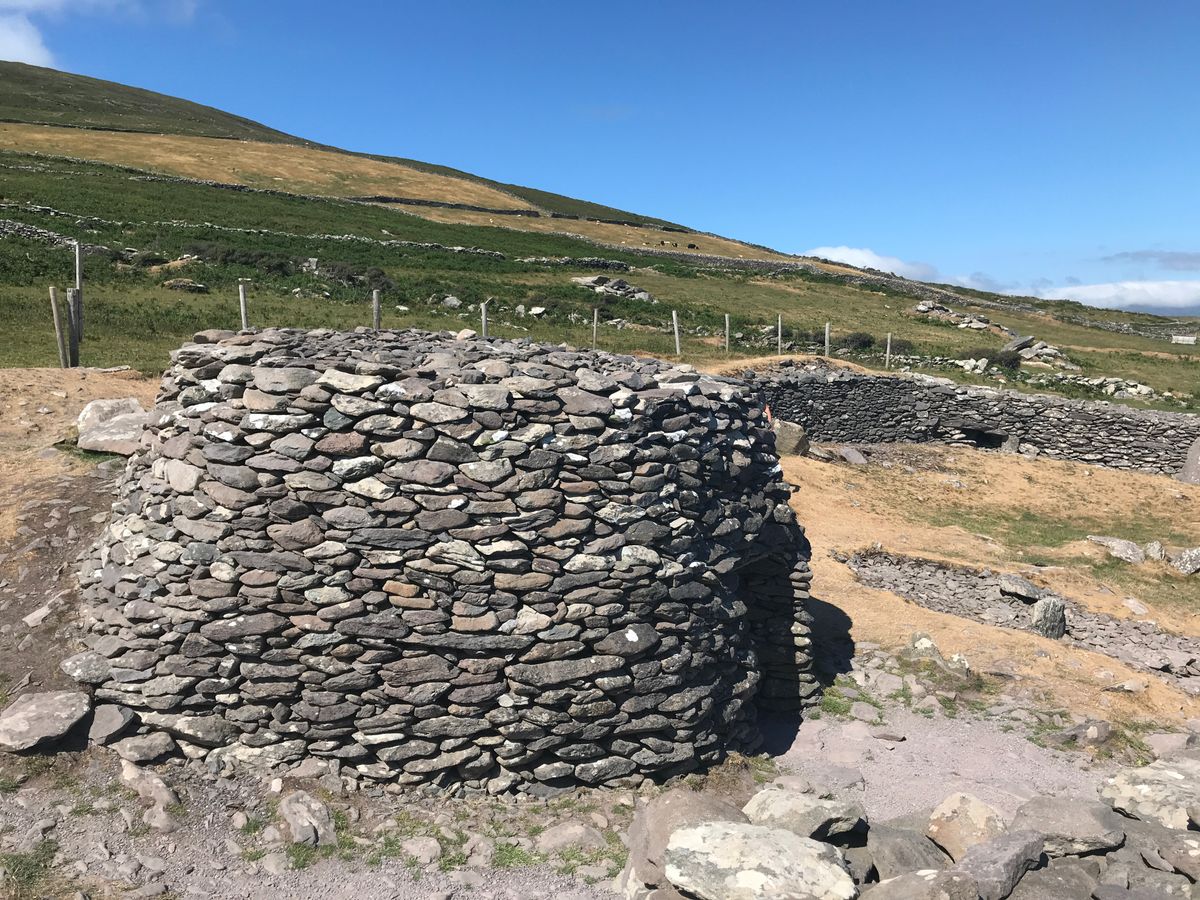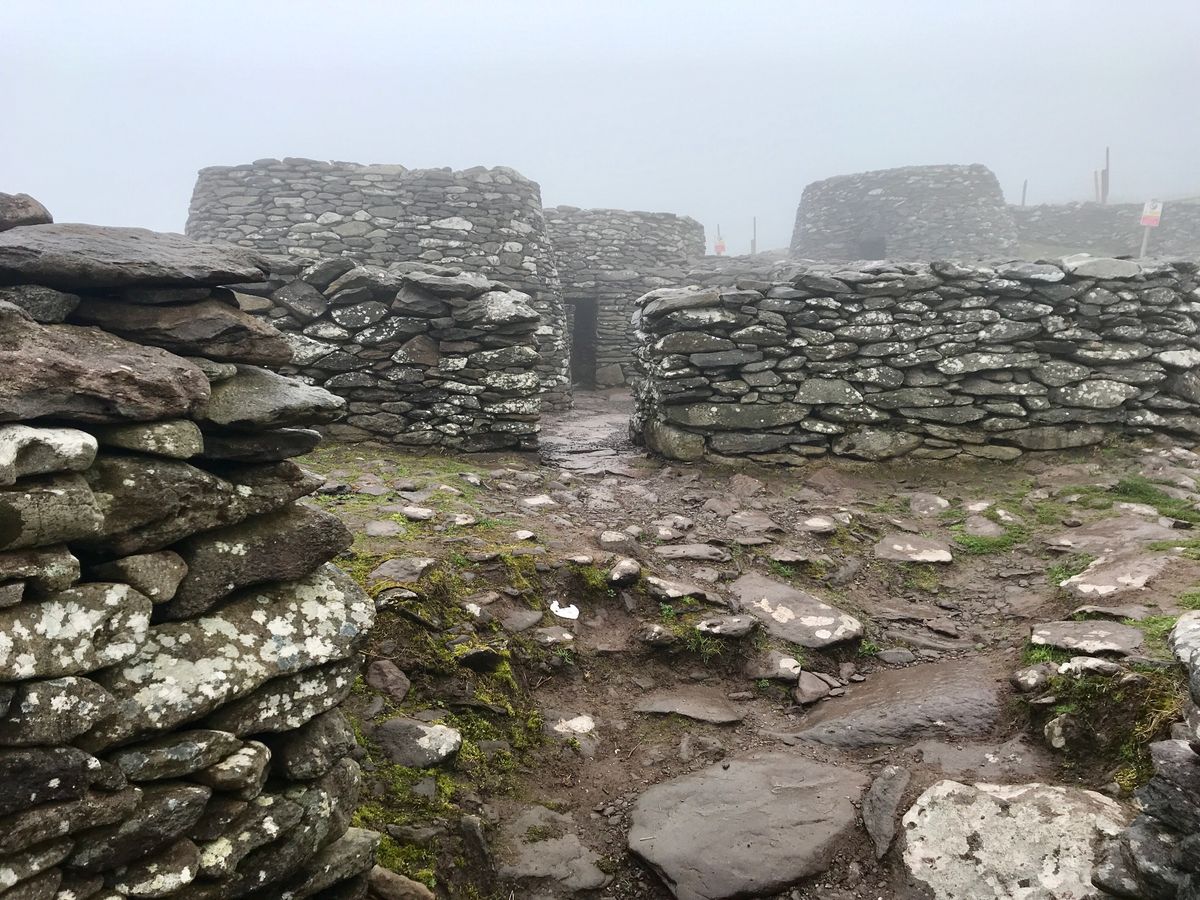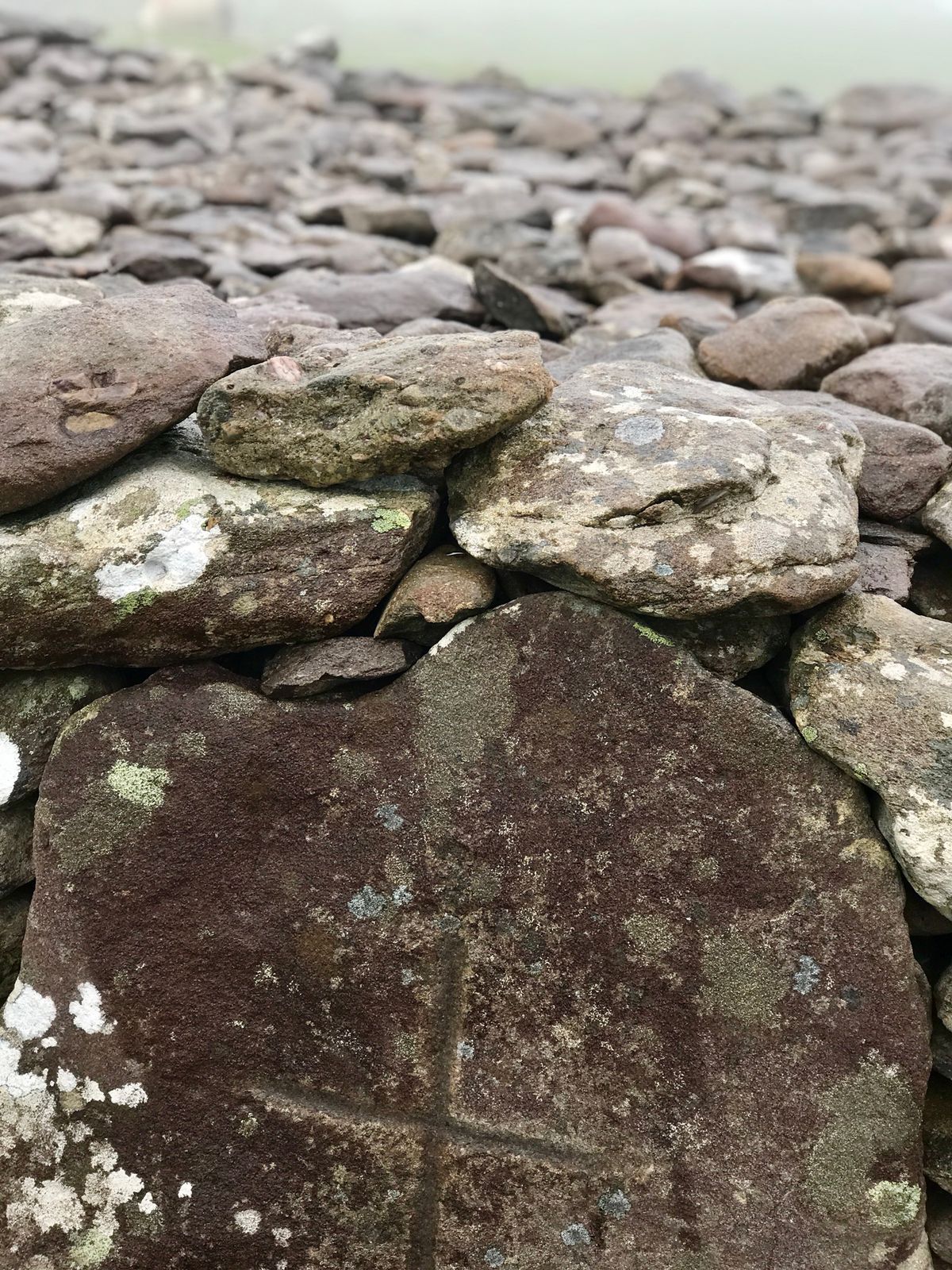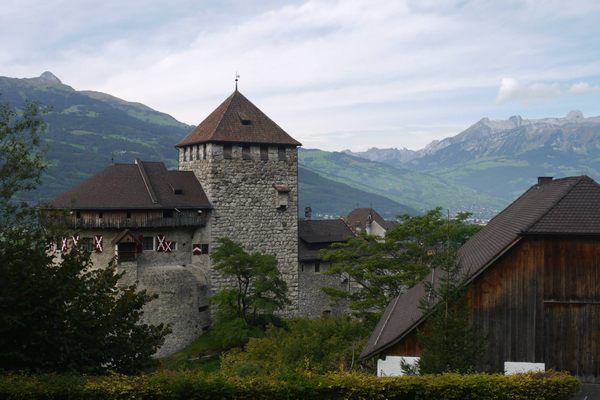About
Clusters of curious cone-shaped huts speckle the side of a road that winds along Ireland’s Dingle Peninsula. These old houses, all worn and battered by time, stand as humble testaments to the island’s medieval stonemasons.
There are beehive houses, or clochán, all over County Kerry, including at the spectacular Skellig Michael. But this particular group is said to be the most remarkable in the country.
The exact age of the houses is uncertain, and different theories date them anywhere from the eighth to 12th centuries AD. It’s likely hermit monks and followers of Saint Peter once lived in them, though pagans may have also called some of the cone-shaped structures home even earlier.
At one point in history, more than 400 of these intriguing abodes dotted the hillside. Though many have vanished over time, a significant number still stand. You can walk right up to—and sometimes even into—the houses to admire the stonework that has let these clochán weather centuries of wind, rain, and curious sheep.
The builders of these beehive houses didn’t use any mortar. Instead, they meticulously stacked rings of stone one on top of the other, positioning each layer a little further inward until a snug, pointed roof was formed to cap the structure. This corbelling method is part of the reason why the huts are so difficult to date, as it doesn't belong to any one time period and has been used in Ireland for thousands of years.
Related Tags
NEW - Discovering Ireland: Literature, Legend & Myth
Cozy pubs, dreamy landscapes, and friendly locals in Ireland.
Book NowCommunity Contributors
Added By
Published
July 19, 2018





































